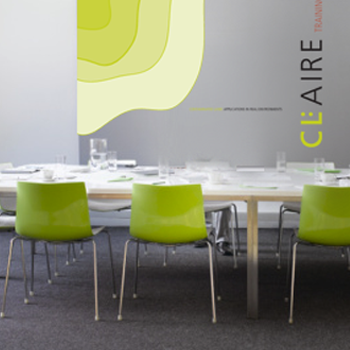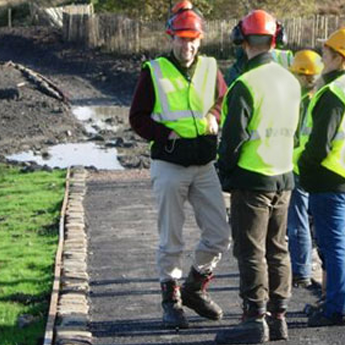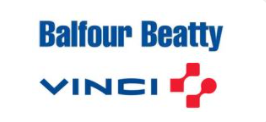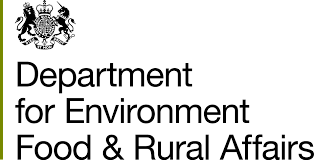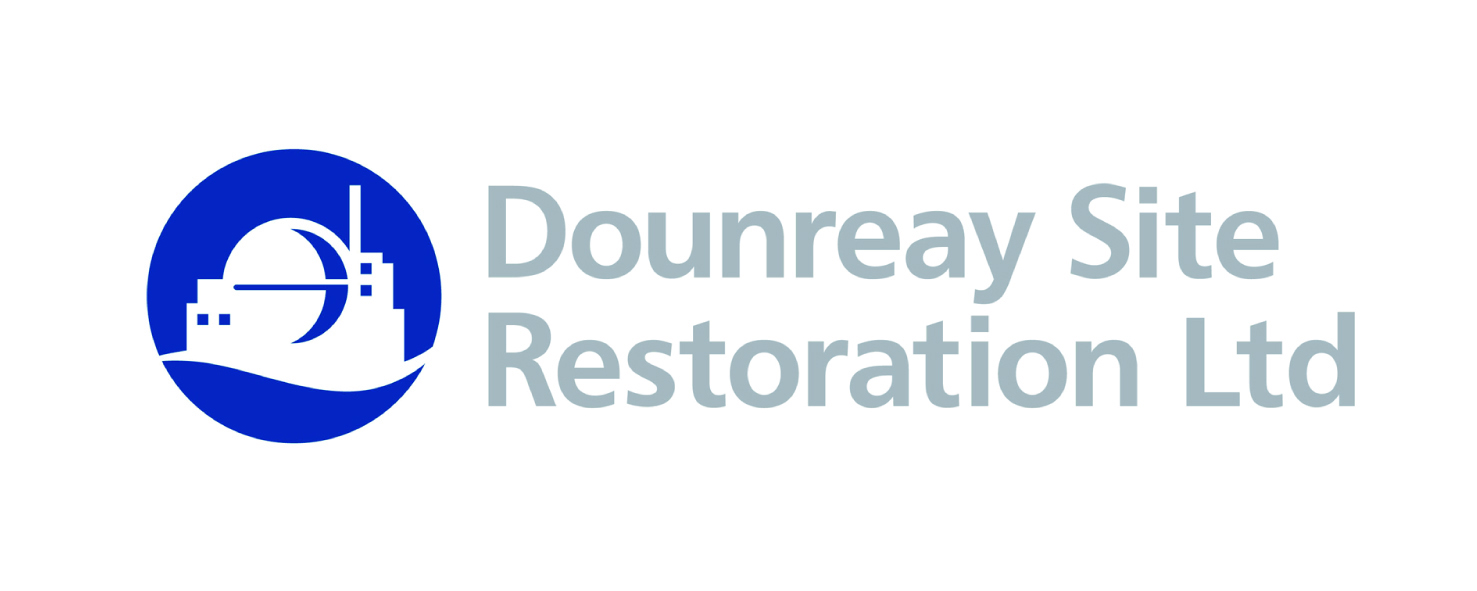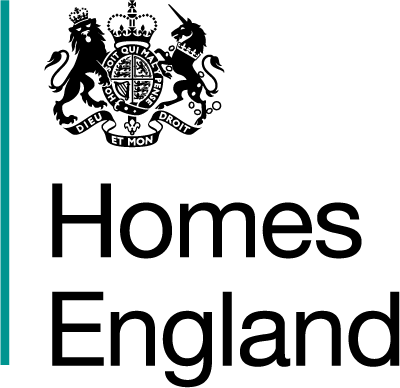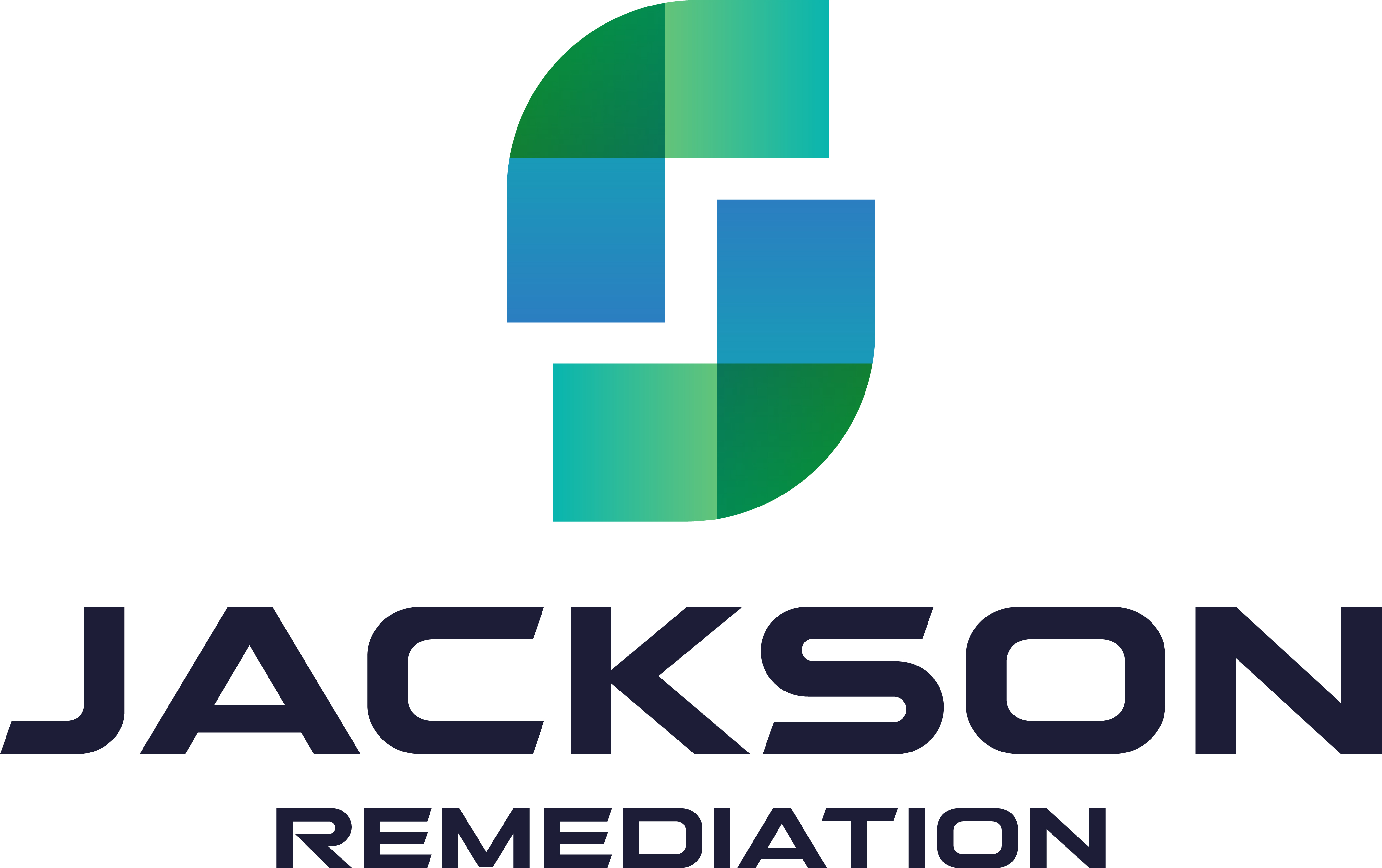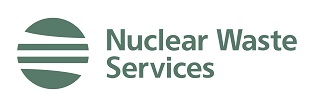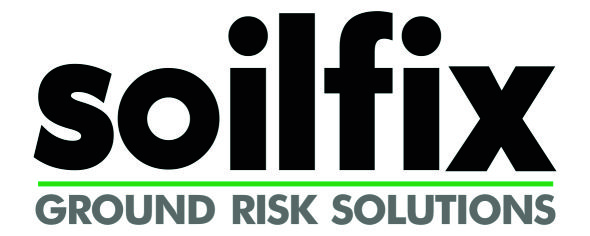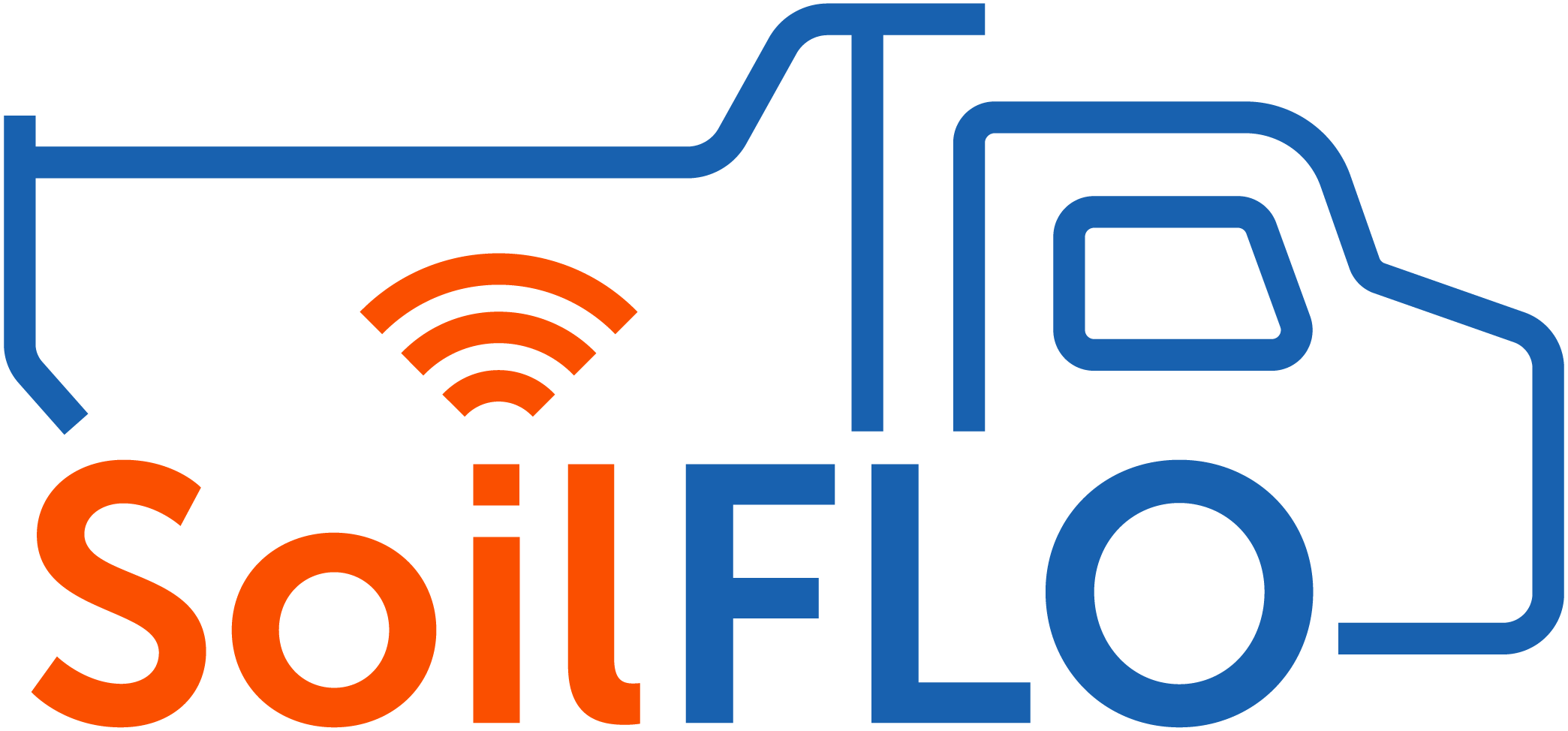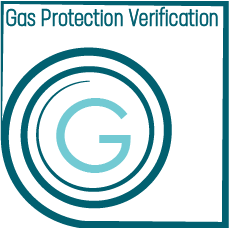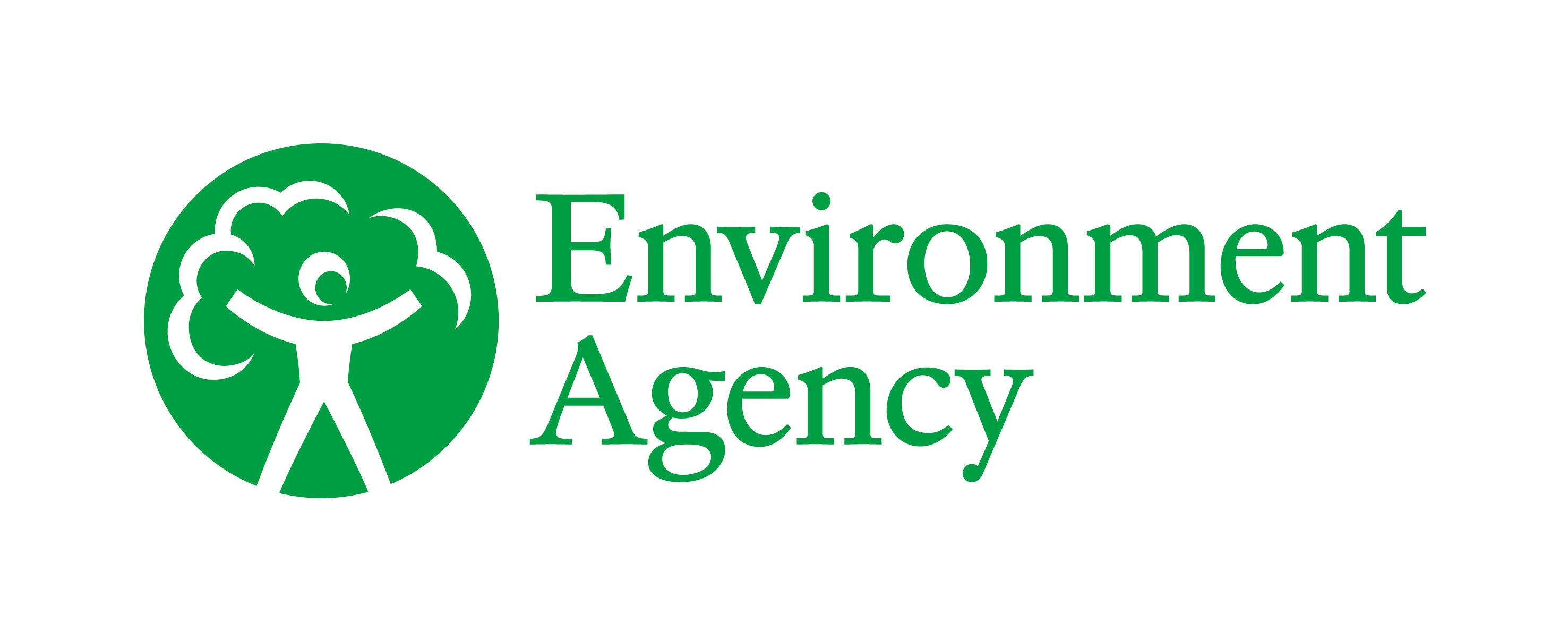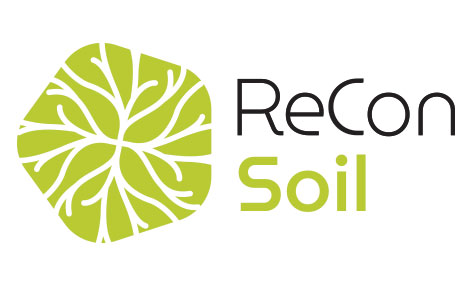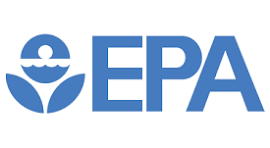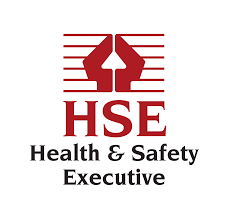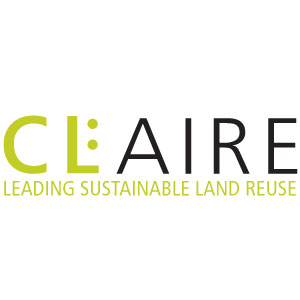Proof-of-Concept research and demonstration of Soil Management, Storage and Treatment Facilities.
Published 26 September 2024
Last updated - 09 June 2025
Background-
A lack of local reuse sites, coupled with misaligned development timeframes, often create the biggest blockers to sustainable soil reuse. Providing a repository to hold and maintain soil will significantly increase the probability of finding reuse sites and therefore avoid valuable soil resources being disposed of as waste in landfill.
Some soil treatment facilities currently operate in England and Wales, but few operate using the CL:AIRE Definition of Waste: Code of Practice (DoW CoP) to release soil back to the market. Typically, such sites provide feedstock for large recovery or disposal operations and consequently can be considered less sustainable. Therefore, an opportunity exists to improve facilities to yield a higher quality product and create a more transparent and efficient system.
Soil depots, as outlined in the Defra Environmental Improvement Plan 2023 and under the expected Defra Sustainable Soils Strategy with its associated guidance, will be sites where valued material is “banked”, stored, and protected to enable onward use at third party sites. Such uses could include landscaping soils, engineering fill, clay materials for lining/capping/flood defence works, and inputs into manufactured topsoil and subsoil when certainty of use arises.
A soil depot system in England and Wales would involve high quality facilities for the testing and management of excess soil and ground forming materials. These would be local Geo-Resource Hubs and could be known as Earthbanks. They may feature digital material tracking systems, comprehensive laboratory testing, and a range of management services for soil.
Earthbanks will play a key role in promoting the sustainable management and reuse of soil in the construction industry, while also protecting the environment and public health and expanding understanding of soil health and soil quality. They will allow for further research and demonstration of the sustainability gains of high-quality soil management and manufacture. Such Earthbanks will be most beneficial where they can be located at multimodal hub locations, perhaps making use of mineral extraction sites requiring restoration or habitat creation schemes.
The Earthbanks Project -
The Earthbanks project aims to develop a framework and guidelines for the establishment of soil depots across England and Wales. Learning from practical research it aims to codify a more detailed system into the DoW CoP for widespread industry use, ensuring that this will become good practice, using a joint industry-government-regulator approach.
The ultimate goal is to encourage the creation of a network of “Earthbanks” across the England and Wales and to further promote the sustainable management and reuse of soil in the construction industry. The project aims to contribute to a sustainable future by promoting the reuse of soil resources, reducing reliance on landfill sites, and fostering a circular economy model for soil in England and Wales.
The technical goals of the Earthbanks Project are to demonstrate how a network of soil depots across the country could be created that can;
• accept soil from construction and development projects,
• accurately track its movement and preserve its data and lines of evidence,
• offer long-term storage whilst minimising soil damage,
• inspect, process (if required) and manufacture soil to make it reusable, and
• redistribute it to other construction sites in need of soil using the DoW CoP.
To move the concept of Earthbanks outlined above toward reality, proof of concept demonstration projects are required. CL:AIRE and the project partners are pleased to propose a new phase of practical demonstrations to develop soil reuse depots in England and Wales.
The project will -
1. Undertake a minimum of three demonstration transfers of material(s):
• one transfer of clean, naturally occurring material,
• one transfer of contaminant impacted materials, and
• one transfer of manufactured soil.
2. Use and improve currently available methods by:
• being small scale (<1,000m3 / scenario),
• utilising the DoW CoP, and
• following Regulatory Position Statement 215, enabling the material reuse without environmental permits.
3. Provide valuable outputs through:
• creating a detailed set of procedures for operating Earthbanks,
• carrying out a life cycle and carbon assessment of this form of soil management versus traditional approaches, and
• carrying out a sustainability assessment of such facilities.
4. Focus on skills and technology by:
• assessing the necessary skills and training for personnel operating Earthbanks, and
• reviewing and potentially selecting and adopting digital tracking options to control the material transfers.
The project seeks to engage with relevant regulatory authorities and policymakers to advocate for the development of policies that incentivise soil reuse and discourage soil disposal. This will be achieved by developing clear guidelines and standards regarding soil depot management including testing, quality assessment, and remediation techniques which can be relied on to support such policies.
| |
Earthbanks Soil Depot - Key Features |
| 1. Tracking |
Digital tracking systems will be a critical part of this process to ensure the accurate management and tracking of soil materials.
- Appropriate digital materials tracking systems will:
- enable the efficient and accurate tracking of soil from construction sites to soil reuse depots and back to other construction sites,
- ensure that soil is properly managed and tracked throughout the entire process,
- create the confidence needed in the process to gain government and regulatory support, and
- ensure local neighbourhoods and the general public have confidence in the safety of such sites.
Tracking systems must also link to eventual long-term monitoring of soil which have been reused.
This research will review the current soil / waste management industry and identify challenges and opportunities. There are several suitable tracking systems already on the market for these activities, both for transfers and on on-site materials tracking between stockpile and treatment activity. These tracking systems can be developed further specifically for application on materials passing through a facility / depot.
|
| 2. Soil declaration passports |
This project will develop the current DoW CoP Declaration system to ensure it performs the required dual purpose of creating an audit trail of projects using the scheme, and acting as an initial point of detail for the material, confirming key information such as its site of derivation.
The project will assess they best way of assigning such a documents to soil batches being transferred.
|
| 3. Skills and Education |
The Earthbanks project will;
- analyse the skills required to operate and manage such a system,
- assess and create necessary curriculum on soil science and soil health for application at such facilities and on Donor and Receiver sites,
- develop a training program(s) and provisions,
- ensure all personnel involved in the operation of the soil reuse depots are trained and qualified to manage the process (including the materials tracking system).
This will promote sustainable development in the construction industry and will create new employment opportunities and promote skills development in this field.
Investing in the skills and training required to operate and manage such depots / facilities, will increase the likelihood of the long-term success of the initiative and that it will make a meaningful contribution to the development of a sustainable and skilled workforce in England & Wales.
|
| 4. Quality Assurance & Testing |
At a soil reuse depot, several onsite soil testing methods would be employed to assess soil health, quality and to identify any emerging contaminants alongside those which are commonly found (in addition to use of MCERT accredited labs for common testing suites).
The most useful onsite soil testing methods will depend on the specific types of soil being received at the depot and the potential contamination related to the donor site previous uses.
Alongside the common analysis already used in industry, this research project will build on the outputs of the ReCon Soil Work Package 4 which focused on soil testing technologies.
Soil reuse depots / facilities will be useful locations for the assessment and remediation of emerging contaminants such as microplastics and PFAS. They will provide a location where soil can be brought for testing and management, using specialised techniques. This might include screening tests for the presence of microplastics and PFAS, for example.
Soil testing will especially extend to Receiver sites, at which soils will be reused. The long-term performance of these materials must be monitored and understood. This data can then be fed back to the facility for further improvements to the processes.
|
| 5. Long Term Storage |
The goal of any storage deport should be to minimise the time in which soil is held. However, when it take longer to find a reuse for material it is important to understand the impacts of this on the material and the depot site.
As such this project will also assess
- the impact of stockpiling on soil health (building on the work of Work Package 4 of ReCon Soil),
- testing and monitoring of soil health whilst stockpiled,
- tracking of soil in a storage site,
- contractual issues,
- understanding reasonable time limits,
- the development DoW CoP screening values e.g. safe and appropriate values for -
- storage/leachate/runoff/health of workers/potential end use
- improving the market for finding soil reuse options e.g. tools such as the CL:AIRE Register of Materials.
|
The Team
This project keeps the main UK based partners of the ReCon Soil project together. In addition, it seeks to include organisations able to play a practical role in the work e.g., facility operators, consultants, contractors, and site owners / developers.
The project benefits from extensive experience in environmental and sustainable development projects, and has the highest levels of expertise, skills, and resources to successfully deliver this work. The team is wants to working closely with your organisation and government bodies to ensure the success of this project and to make a meaningful and practical contribution to a sustainable future of soil in England, Wales and beyond.
The project is building a network of experienced construction professionals in the areas of facility operations, consultants, contractors, and site owners / developers. These will join the core team of the Earthbanks project.
| Prof Paul Bardos |
r3 Environmental |
 |
| Prof Jessica Davies |
Lancaster University |
|
| Prof Mark Fitzsimons |
University of Plymouth |
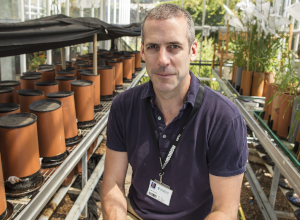 |
| Prof Karen Johnson |
Durham University |
|
| Dr Angeliki Kourmouli |
Lancaster University |
 |
| Prof John Quinton |
Lancaster University |
|
| Prof. Brian Reid |
University of East Anglia |
 |
| Dr Kate Schofield |
Ricardo |
 |
| Nicholas Willenbrock |
CL:AIRE |
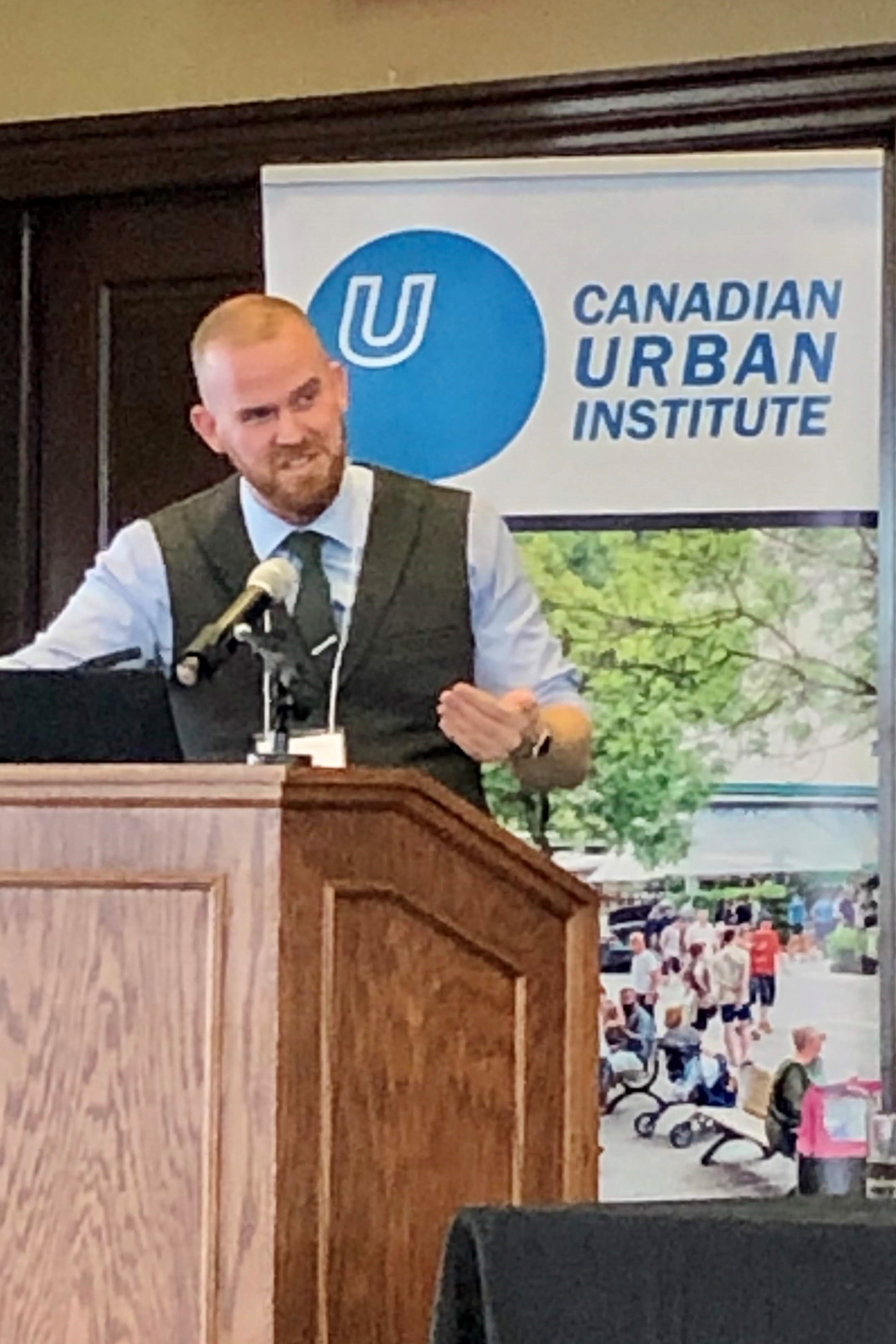 |
Connect with the Project
The Earthbanks project recognises that progress is achieved by connecting people and initiatives, particularly those with the commitment and influence to drive positive change.
We will build the project network through active stakeholder engagement, facilitated by awareness-raising activities and networking events whenever possible. Our goal is to create a multi-sector network that includes members from construction, agriculture, environmental conservation, the public sector, and more.
Within this network, we will share technical data, guidance, and case studies. Where possible, we will also facilitate training and disseminate research findings.
Join our project community to stay informed and potentially get involved.
Recommended Reading
1. Soil Health
1.1 Gwandu T, Lukashe NS, Rurinda J, Stone W, Chivasa S, Clarke CE, et al. Coapplication of water treatment residual and compost for increased phosphorus availability in arable sandy soils. J Sustain Agric Environ. 2023; 2: 68–81. https://doi.org/10.1002/sae2.12039
1.2 Schofield H.K., Tappin A.D, Pettitt T., Rollinson G.K. and Fitzsimons M.F. (2019). Biochar incorporation facilitates long-term nitrogen availability to plants within nitrogen-limited soils. Accepted to Science of the Total Environment. 690, 1228-1236.
1.3 Schofield H.K, Tappin A.D, Pettitt T., Rollinson G.K. and Fitzsimons M.F. (2017). Does carbon limitation reduce nitrogen retention in soil? Environmental Chemistry Letters. 16(2), 623-630.
1.4 Powlson David S., (2021). Is ‘soil health’ meaningful as a scientific concept or as terminology? Wiley - British Society of Soil Science Soil Use Manage. 2021;00:1–3
2. Sustainable Soil Management in Development and Construction
2.1 Hale, S.E.; Roque, A.J.; Okkenhaug, G.; Sørmo, E.; Lenoir, T.; Carlsson, C.; Kupryianchyk, D.; Flyhammar, P.; Žlender, B. The Reuse of Excavated Soils from Construction and Demolition Projects: Limitations and Possibilities. Sustainability 2021, 13, 6083. https://doi.org/10.3390/su13116083
2.2 Paul Bardos, Lisa Pizzol, Linda Maring, Begoña Arellano Jaimerena Jenny Norrman, Jennifer Hellal, Lorik Haxhiu, Nazaré Couto, Virginie Derycke, Kirsti Loukola-Ruskeeniemi, Timo Tarvainen; Juha Kaija, Joris Crynen, James Baker (2024) Sustainable and risk based land management – a briefing about the current state of practice and suggested future direction of travel ISLANDR Project DL3.1 31 May 2024 Available from - r3environmental.co.uk
3. Soil Restoration
3.1 Schofield H.K., Tappin A.D., Pettitt T., Rollinson G.K. and Fitzsimons M.F. (2024). Inorganic phosphorous availability and mobility in a manufactured soil. Science of the Total Environment, 944, 173979.
3.2 Rhymes J.M., Evans D., Laudone G., Schofield H.K., Fry E., Fitzsimons M.F. (2024). Biochar improves fertility in waste-derived manufactured soils, but not resilience to climate change. Science of the Total Environment, 923, 171387.
3.3 Francisco Ruiz, Maurício Roberto Cherubin, Tiago Osorio Ferreira (2020). Soil quality assessment of constructed Technosols: Towards the validation of a promising strategy for land reclamation, waste management and the recovery of soil functions. Journal of Environmental Management 276 111344
3.4 Frédéric Reesa, Robin Dagois, Delphine Derrien, Jean-Louis Fiorelli, Françoise Watteau, Jean Louis Morel, Christophe Schwartz, Marie-Odile Simonnote, Geoffroy Séré. (2019) Storage of carbon in constructed technosols: in situ monitoring over a decade. Geoderma 337 (2019) 641–64
4. Sustainable Soil Management in Development and Construction
4.1 Building on soil sustainability: Principles for soils in planning and construction. Soils in Planning and Construction Task Force Sept 2022
4.2 Kourmouli, A. , Winter, G., Andrews, K., Cory, T., Elliott, P., Palmer, E., Stevens, P., Davies, J., Stevens, C. and Quinton, J. N. (2024). Potential for a Soil Reuse and Storage system in England. Lancaster: Lancaster University 10.5281/zenodo.10943857 7be451_feb5a3d1777640c1ad8ef1eca6c34302.pdf
4.3 Code of practice for the sustainable use of soils on construction sites. Department for Environment, Food & Rural Affairs. Published 27 March 2011. Last updated 14 June 2018. Code of practice for the sustainable use of soils on construction sites - GOV.UK
4.4 NHBC Standards 2024. 4.6 Engineered fill - NHBC Standards 2024 NHBC Standards 2024
4.5 IEMA Guide: A New Perspective on Land and Soil in Environmental Impact Assessment 2022. Land and Soils Guidance
4.6 Working with Soil Guidance Note on Benefitting from Soil Management in Development and Construction. British Society of Soil Science. January 2022 – version 3. WWS3 - Benefitting from Soil - Management in Development and Construction - Jan 2022
4.7 Local Soils Model Policy and Guide, 2025, Soils in Planning & Construction Task Force, Lancaster University, UK
